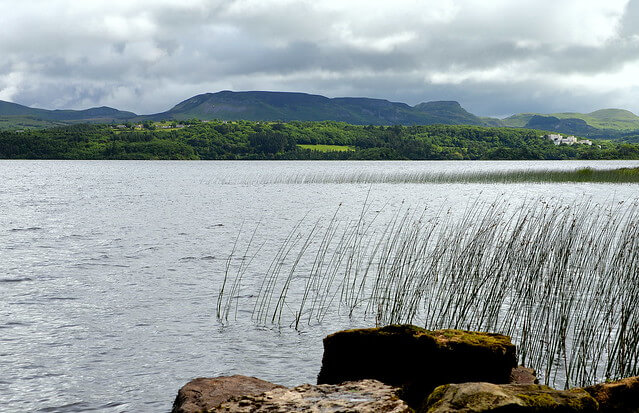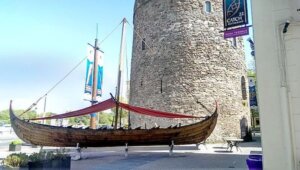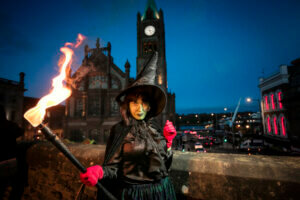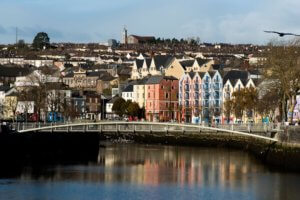Most people who are even casually aware of the famous Irish poet WB Yeats, otherwise known by his formal name, William Butler Yeats, will know that he spent a lot of time in County Sligo, but Yeats left his mark on other places in Ireland, too.
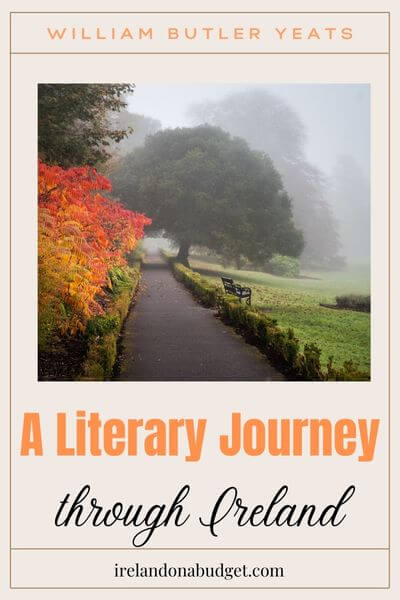 This blog post contains affiliate links, and I may earn compensation when you click on the links at no additional cost to you.
This blog post contains affiliate links, and I may earn compensation when you click on the links at no additional cost to you.
If you’re enthralled by the works of Yeats, you should visit some of the places that most influenced this iconic figure.
Not only was Yeats a poet, dramatist, and prose writer, he also served two terms as a senator in the newly formed Irish government during the early to mid-1920s, and was instrumental in establishing the Irish Literary Revival.
Yeats’s Early Days
William Butler Yeats, Ireland’s first Nobel Laureate, was born in the Sandymount section of Dublin, an affluent coastal suburb.
Yeats was born in what was known as the Protestant ascendancy, the dominant economic, social, and political class in Ireland at the time.
His mother, Susan Mary Pollexfen, was originally from Sligo and belonged to a wealthy family who owned a local milling and shipping business.
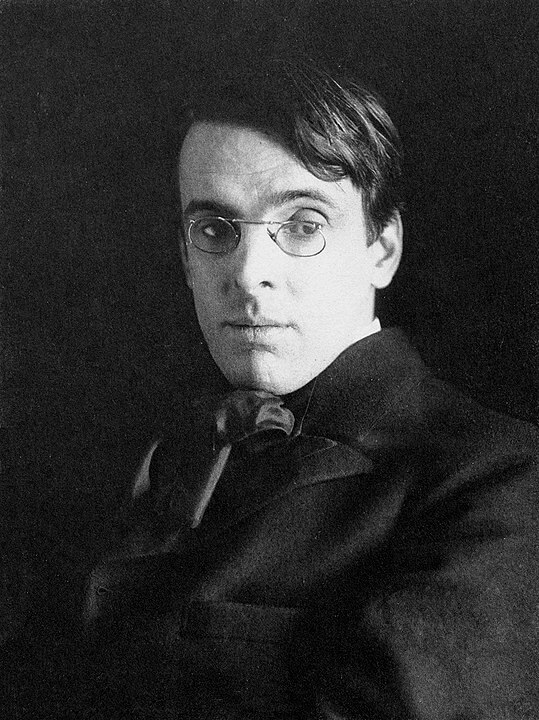
When Yeats was 7, the family relocated to Sligo and lived with the Pollexfen family for two years. This was the start of his lifelong obsession with Sligo, a place he once called his “country of the heart.”
Merville House was the home of the Pollexfen family. The home, along with 60 acres, was purchased by Yeats’s grandfather, William Pollexfen. At age 9, Yeats moved to London with his family, ending his love affair with Sligo, at least for a while.
While the family moved between London and Dublin over the years, Yeats’s love of Ireland never waned. He was particularly drawn to the West of Ireland.
Yeats and Sligo
It is fitting that Sligo is referred to as the “Land of Heart’s Desire,” the title given to one of Yeats’s early plays.
As an adult, much of Yeats’s time in Sligo was spent with the Gore-Booth sisters, who lived in Lissadell House, a neo-classical Greek revivalist style country house located on the south shore of the Magherow Peninsula north of Sligo town.
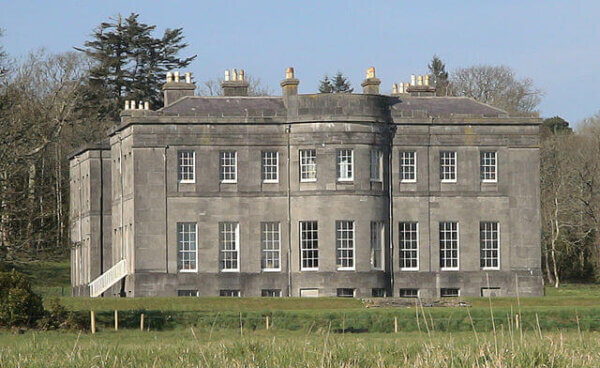
Yeats befriended Constance Gore-Booth in London’s fashionable Bloomsbury, which was to be the beginning of a friendship with the family.
Between 1894 and 1895, he lived at Lissadell House and had his own room on the first floor.
A visit to the private home, which is open to tourists during the summer season, includes a tour of the house, grounds, gardens, and exhibitions.
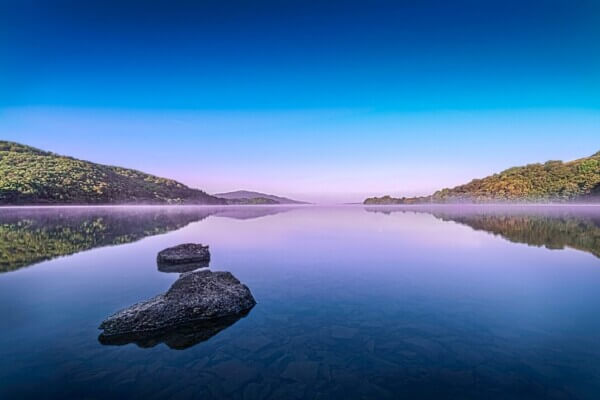
Lough Gill, situated predominantly in Sligo with parts of it also in neighboring County Leitrim, is also closely associated with Yeats.
One of his better-known poems, “The Lake Isle of Innisfree” includes Yeats’s own personal questions on spirituality and Irish identity. Yeats longed for a simple life in this peaceful place, but the pull of the city was also evident in his life.
There are a couple of tours available to experience this beautiful area of Sligo, known for its unique microclimate where unusual plants and other living things exist.
They include the Lough Gill Tour from Sligo Tours and the Yeats Tour aboard the Rose of Innisfree.
There is also a new Yeats-focused walking trail that brings visitors to many of the places associated with the poet.
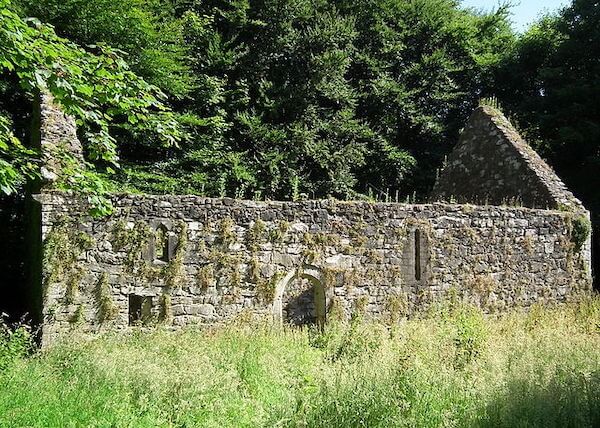
The largest island on Lough Gill is called Church Island and locals believe that it is this island that Yeats is referring to in his poem since the actual Innisfree Island on the lake is too small and is full of shrubbery, with a very rocky shoreline.
The church on the island is a National Monument and dates from the early 6th century. It was burned in 1416 and has been uninhabited since.
Cottage Island, also known as Beezie’s Island, also contains ecclesiastical remains.
County Leitrim’s Attraction for Yeats
In his journeys around Sligo, Yeats often visited the Glencar Waterfall, which was the inspiration for his poem, “The Stolen Child.”
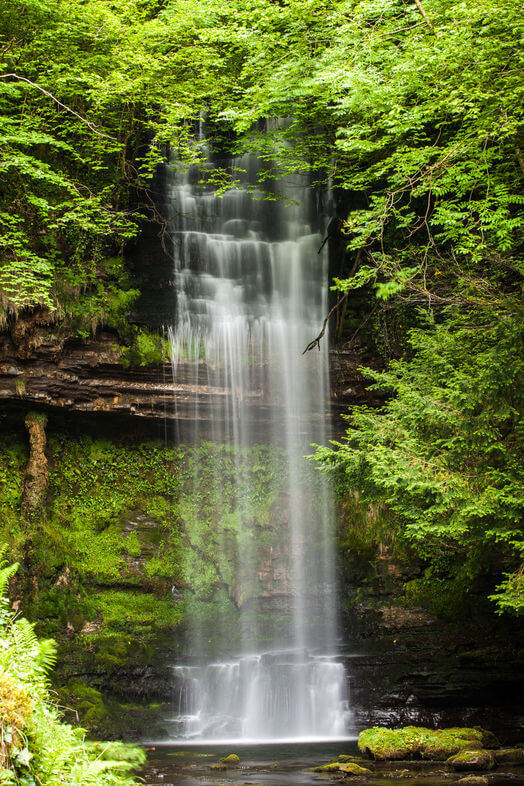
The 15-meter (49-foot) waterfall can be found by Glencar Lough, about 11 km (6.83 miles) from the town of Manorhamilton.
The 0.3-mile Glencar Waterfall trail is suitable for pretty much everyone. Along the trail, you’ll also catch a glimpse of the Devil’s Chimney, a dramatic waterfall that lies on the Sligo/Leitrim border.
Get Wifi in Ireland with Wifi Candy – take 10% off with code irelandonabudget
Drumcliff, Yeats’s Final Resting Place
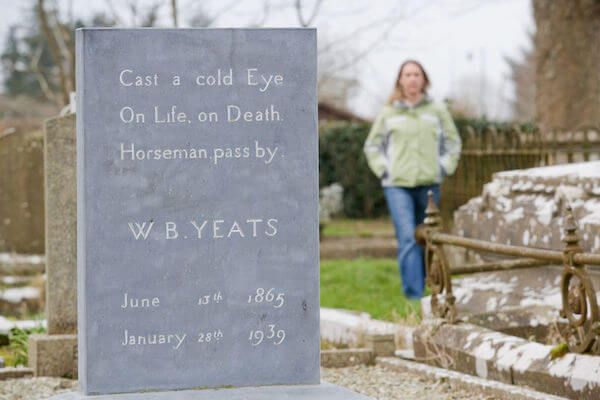
After Yeats’s death on Jan. 28th, 1939, Yeats was laid to rest in France.
His body wasn’t brought back to Ireland until 1948. He was buried at St. Columba’s Church of Ireland cemetery in Drumcliff, where his paternal great-grandfather, John Butler Yeats, served as rector.
His gravestone with the words, “Cast a cold eye/On life, on death/Horseman, pass by” is a popular attraction for tourists visiting this hallowed ground.
County Galway’s Connection to Yeats
Travel the Wild Atlantic Way on your Yeats journey and you’ll find yourself in County Galway and Thoor Ballylee, the 16th-century tower where the poet spent his summers from 1916 onward.
The late Seamus Heaney, also a celebrated Irish poet, once called Thoor Ballylee the most important building in Ireland.
The 14th-century Norman tower served as Yeats’s summer home, which he paid £35 for in 1917.
Today, it has been tastefully restored inside in a way that is similar to the style of the early 20th century.
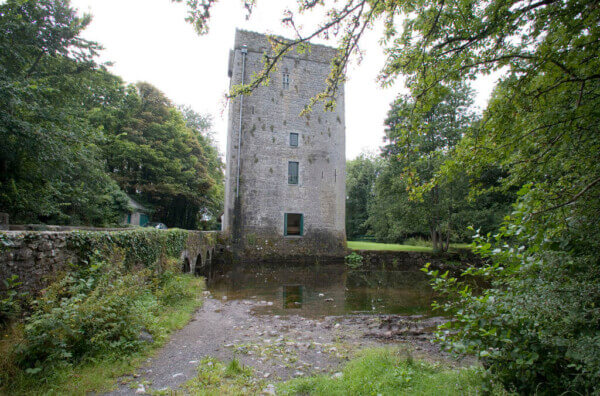
Climb to the top of the tower by taking the winding staircase that inspired Yeats’s volume of poems titled “The Winding Stair.” From the top, you see the surrounding South Galway countryside as well as the Burren in Co. Clare.
An audio-visual presentation recounts the life and times of Yeats and is available in several languages.
Outside, you can take a walk along the river and explore the nearby mill.
A 9-minute drive away is Coole Park, once the home of Yeats’s friend, Lady Augusta Gregory, one of the co-founders of Dublin’s Abbey Theatre.
Today, Coole Park is a 1,000-acre nature reserve located a few miles west of the town of Gort. Managed by the Irish National Parks & Wildlife Service, it is a magical place to visit, complete with lakes, turloughs, and extensive woodlands.
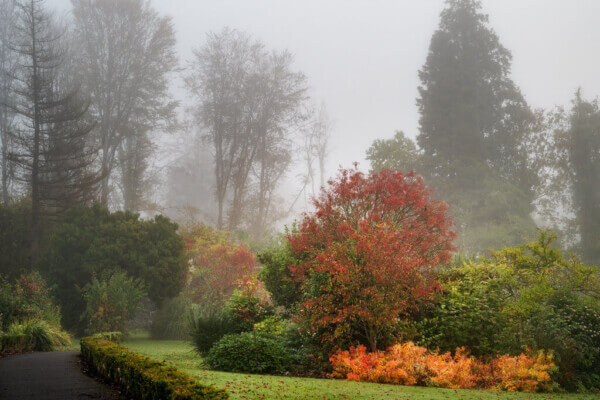
The estate’s walled garden includes an “autograph tree,” a copper beech tree that bears the carved initials of many famous Irish writers who were personal friends of Lady Gregory.
You’ll see the initials of Yeats, Edward Martyn, George Bernard Shaw, John Millington Synge, and Sean O’Casey.
Yeats’s poem, “The Wild Swans at Coole, was inspired by his time there, as was another poem, “Coole Park,” which describes the park as a symbol of the Irish literary revival.
Yeats’s Dublin
Dublin also had a significant influence on Yeats given that he lived there on and off for many years.
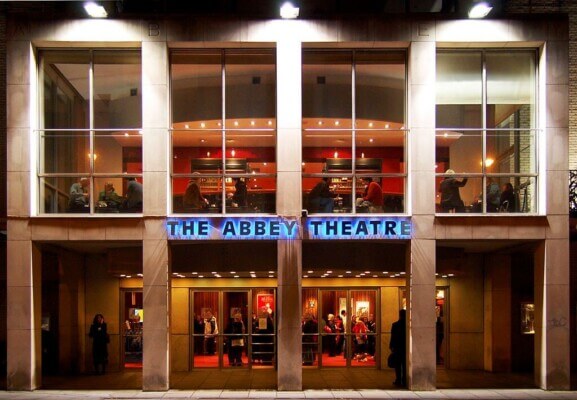
The famous Abbey Theatre, also known as the National Theatre of Ireland, was co-founded by Gregory, Yeats, and others in 1904.
Indeed, the theatre hosted the very first performance of the one-act nationalistic play written by Yeats and Gregory known as “Cathleen Ni Houlihan,” which centers around the Rebellion of 1798.
The theater offers backstage tours and experiences that give visitors a behind-the-scenes look at this famous Dublin landmark, as well as explaining its place in Irish literary and cultural history.
If you want to learn more about Yeats, be sure to visit the National Library of Ireland’s long-standing exhibition titled, “Yeats: The Life and Works of William Butler Yeats.” You can also take a virtual tour of the exhibition.
Have you visited any of the WB Yeats attractions mentioned above? Let me know in the comments below if you have and what ones were your favorites.

